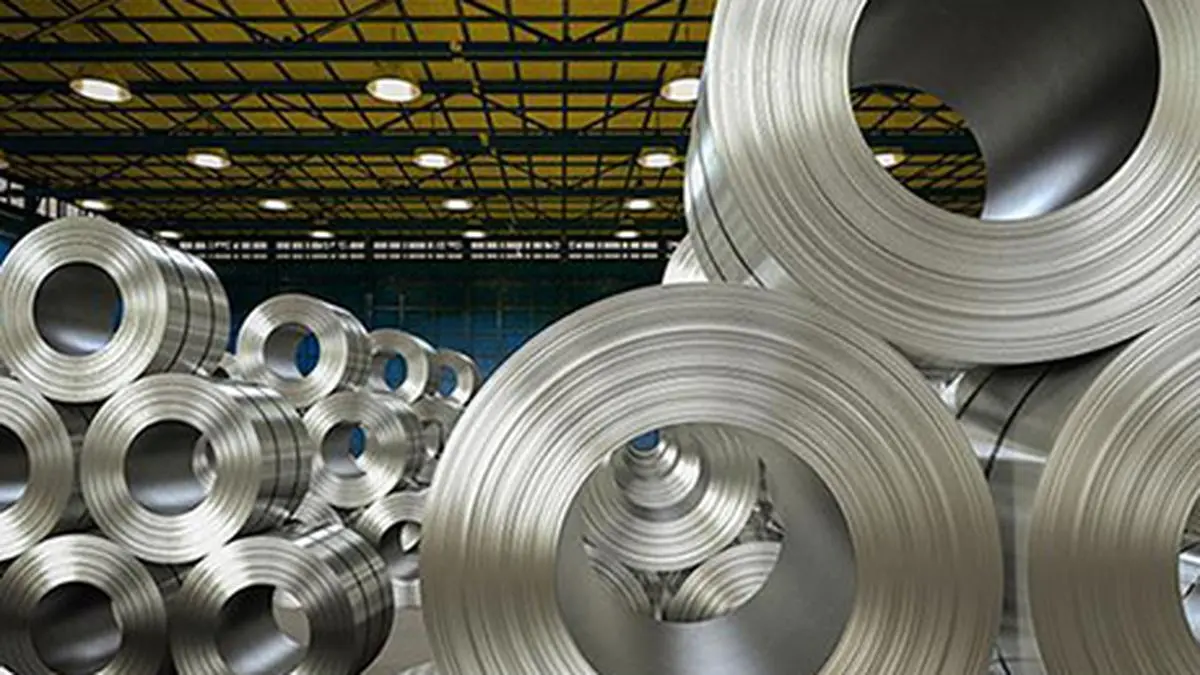India’s three big heavy industries—steel, cement and aluminium—can leverage sun’s power to not only optimise costs but also cut CO2 emissions by up to 29 million tonnes annually by exploiting the 20 gigawatt (GW) solar power capacity available under the green energy open access mode, a report by Ember said. The Ember report points to a 20 GW solar market opportunity for steel, cement, and aluminum across the top five producing states in India. In this, steel presents the largest opportunity at 9.
4 GW, primarily due to its greater reliance on comparably expensive grid power which can be replaced with open access solar, the report said. Cement and aluminum, despite their dependence on inexpensive captive coal-based generation, collectively represent an 11 GW market. Seizing this opportunity could potentially eliminate 29 million tonnes of emissions annually, it added.

Solar power offers a significant opportunity to reduce operational costs for steel and cement plants across most Indian states. In certain cases, such as standalone electric arc furnaces (EAF) for steel making, these savings can account for up to 10 per cent of operational costs, the Ember report projected. For direct reduced iron–arc furnace (DRI-EAF) based steel making, savings range between 2–5 per cent, while for cement manufacturing, the potential is lower.
Aluminum, however, does not present a significant cost-saving opportunity due to the abundant captive coal-based generation in place, it added. From a regional standpoint, nearly 40 per cent of the 20 GW open access solar power opportunity for heavy industries is concentrated in just two states—Odisha and Chhattisgarh, core industrial hubs for steel and aluminium production. Recent waivers on open access charges have further enhanced the appeal of renewable power in these regions, making it a commercially viable sourcing option for these industries.
This shift has the potential to transform these regions into green manufacturing hubs, attracting international climate finance and corporate investments. “States such as Odisha and Chhattisgarh have long been legacy industrial hubs, owing to their proximity to rich mineral reserves. By integrating renewable power, they are well-positioned to begin their transformation to green manufacturing hubs,” said Duttatreya Das, Asia Analyst at Ember.
The shift is already in motion as Odisha is now actively envisioning green industrial parks, setting the stage for an export-driven, low-carbon future in manufacturing, he added. Ember’s report also emphasised that achieving 24x7 RE today comes at a cost premium of 3.5X the cost of plain vanilla RE generation.
The transition from 90 per cent to 24x7 RE (round-the clock) demands massive oversizing of renewable capacity and significant battery deployment, which sharply drives up system costs. In fact, achieving 24/7 RE could cost up to 2X the per unit cost of electricity compared to the 90 per cent RE case, making the final stretch the most cost-intensive phase of the transition. Batteries are expected to contribute up to 60 per cent of the total cost of sourcing 24x7 RE.
Neshwin Rodrigues, Senior Energy Analyst, at Ember, said “Sourcing up to 50 per cent of electricity from variable Renewable Energy (RE) is already cost-competitive for heavy industries. However, pushing beyond this threshold requires more advanced strategies.” Cost-competitive, near-24x7 renewable energy will power the first wave of industrial decarbonisation and redefine the future of corporate power purchases, he added.
Ember’s modelling shows that reaching 80 per cent RE remains feasible, with only a moderate cost increase—about 1.4 times higher than plain solar—due to the need for energy storage and managing surplus power. Comments.
Business

Steel, Cement & Aluminium can leverage 20 GW-solar power opportunity to optimise costs

Steel presents the largest opportunity at 9.4 GW, primarily due to its greater reliance on comparably expensive grid power which can be replaced with open access solar, the Ember report said.















